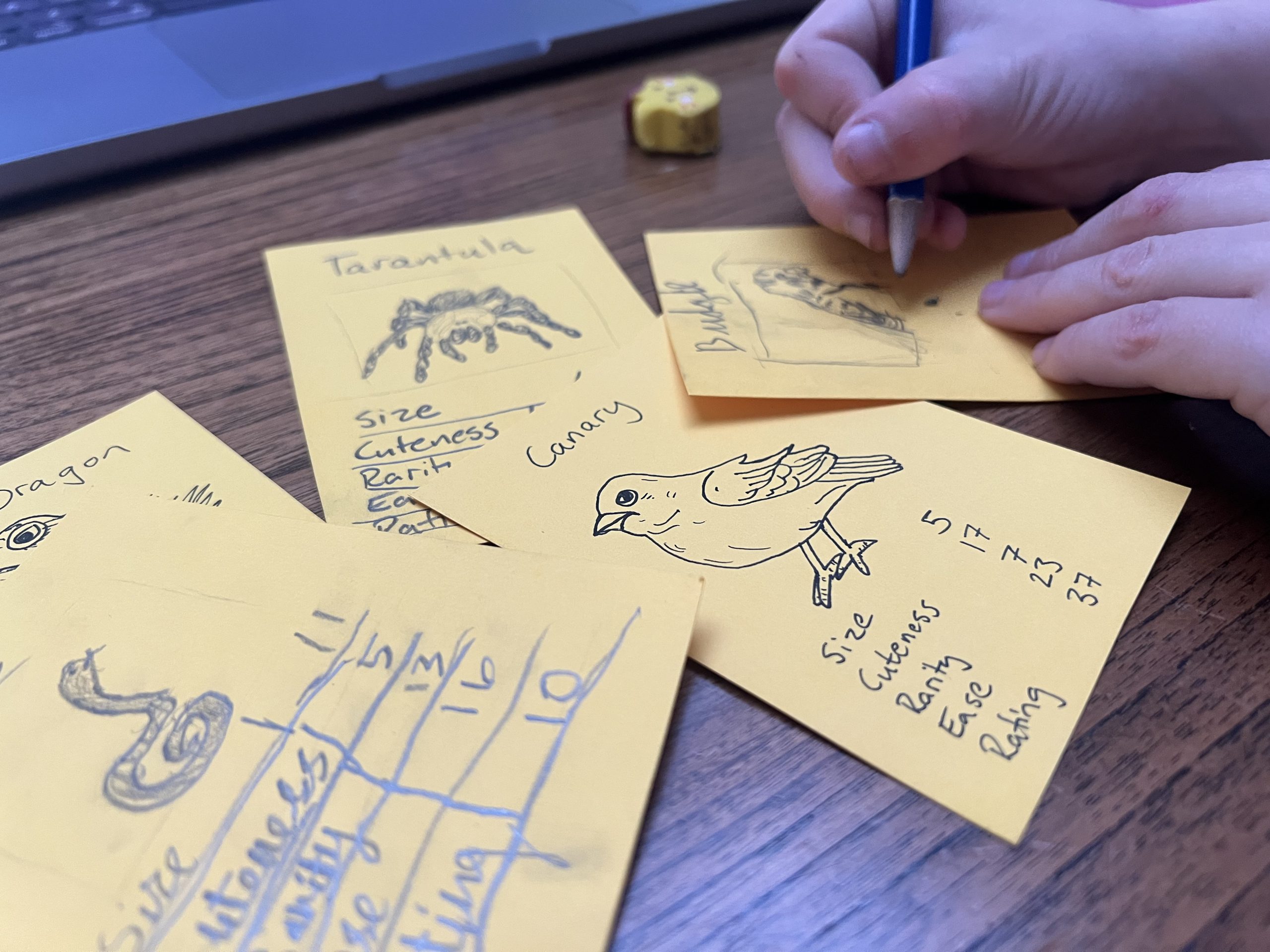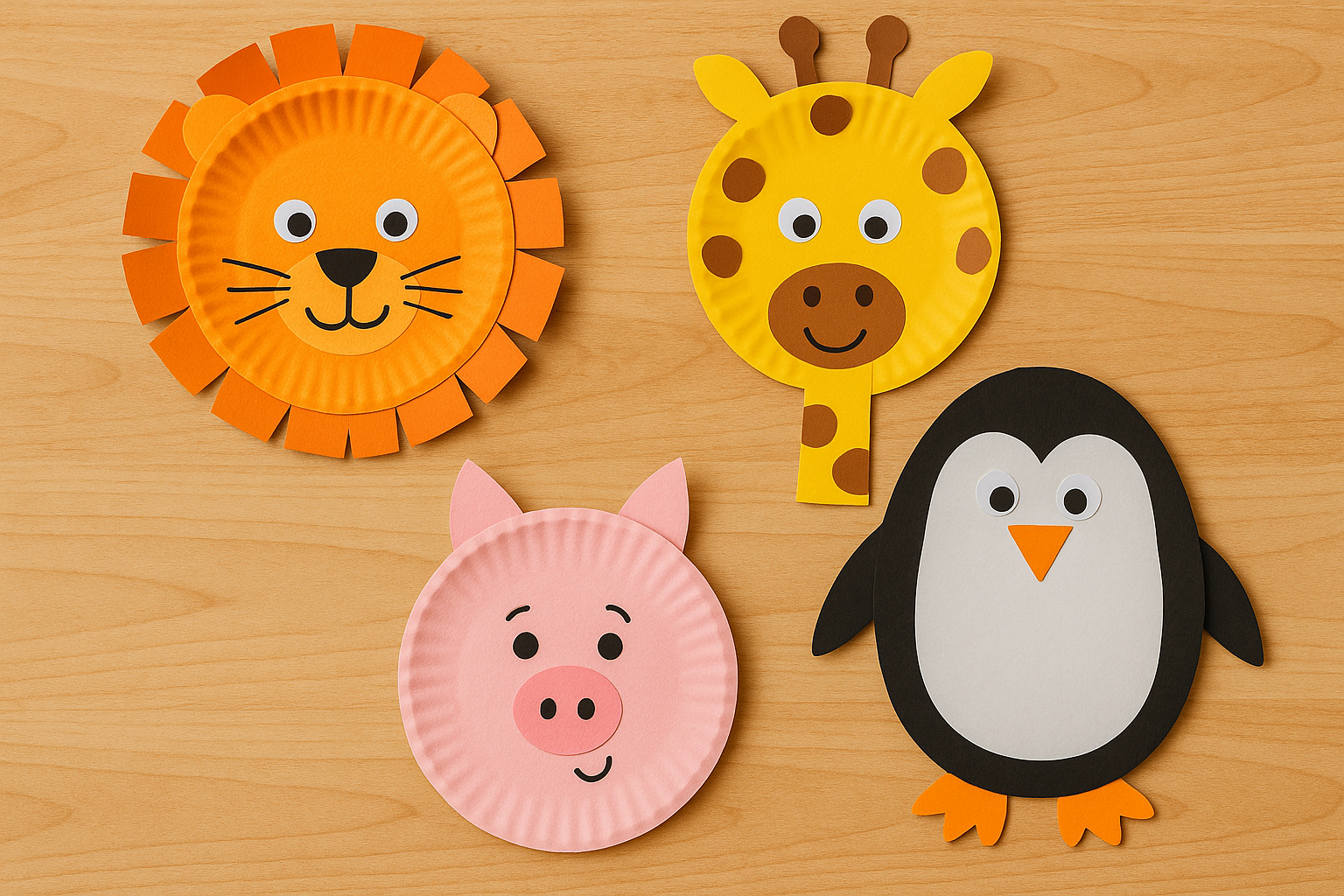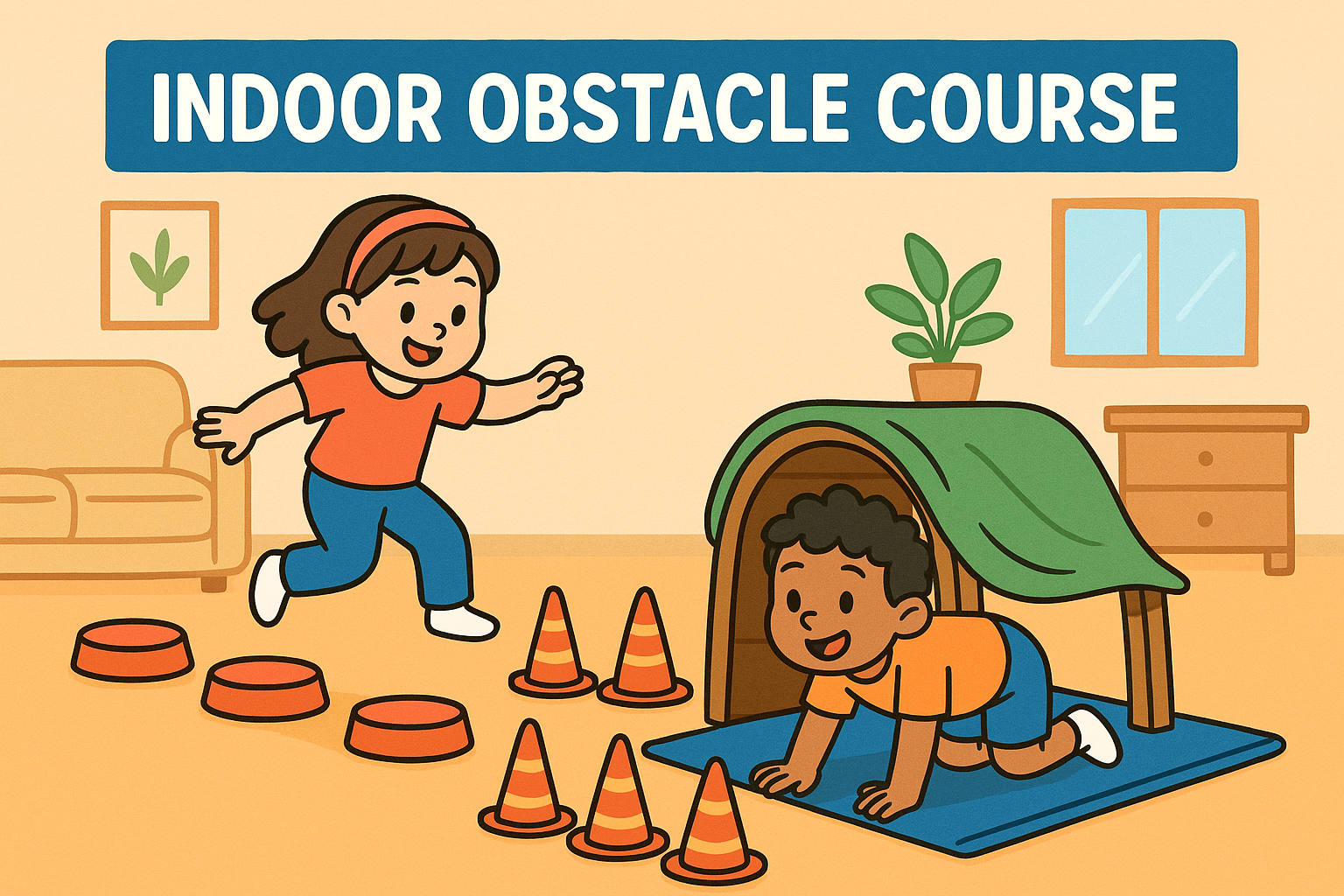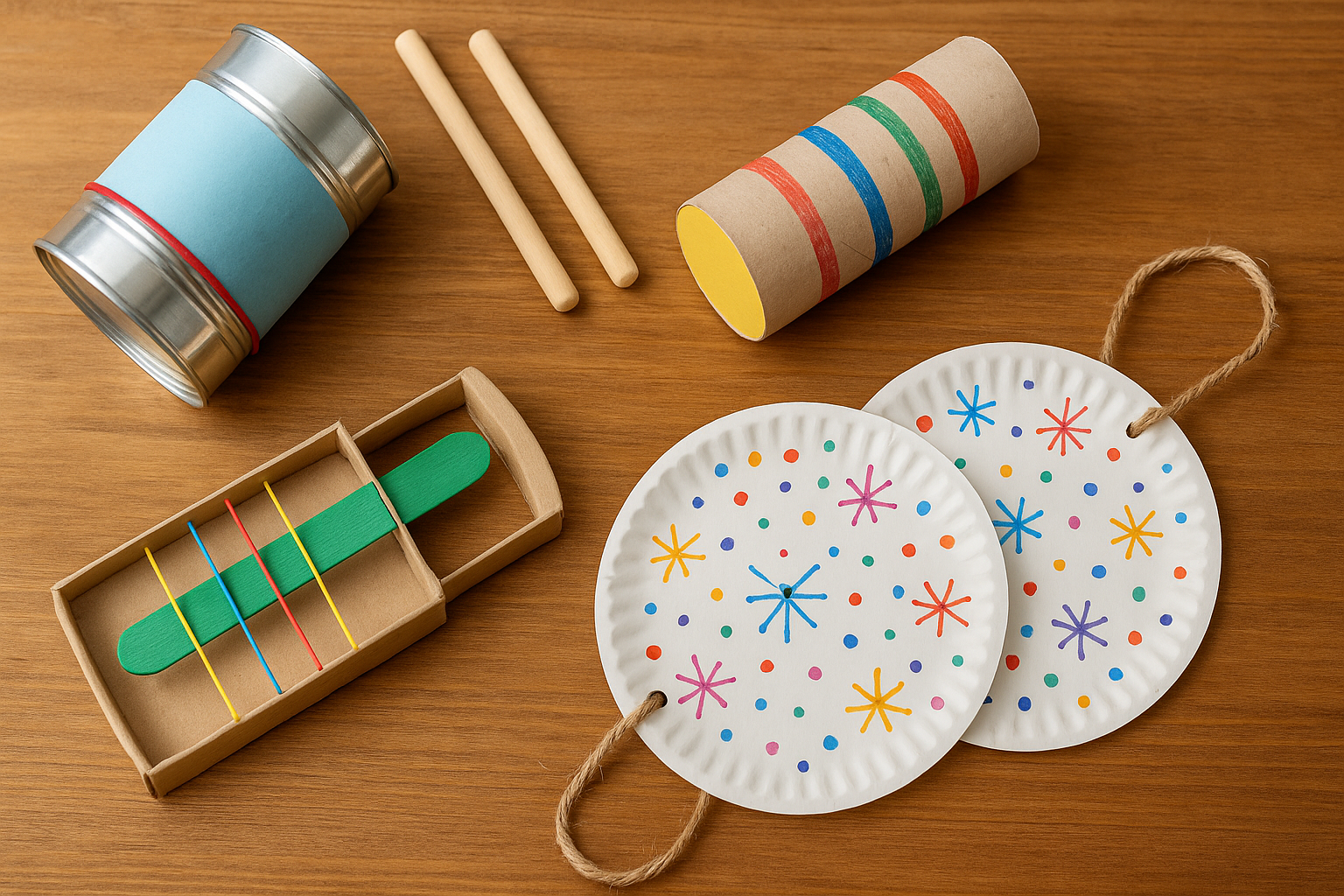A Guide for Parents and Carers to Build Resilience Through Play
Table of Contents
- Why Losing Is Challenging for Children
- The Value of Learning to Lose
- Strategies for Parents and Carers
- Handling Difficult Moments
- Game Ideas to Practise Losing Gracefully
- Conclusion
Why Losing Is Challenging for Children
For many children, losing a game can feel like a personal failure. Because they are still developing emotional regulation and perspective-taking skills, wins and losses are often experienced very intensely.
Without the right support, losing can trigger tears, frustration, or even tantrums. This is where parents and carers play a vital role in helping children learn how to handle losing gracefully.
As parenting expert Dr. Laura Markham explains:
“Self-regulation is the hardest work any of us ever do, but that’s the first essential ingredient for peaceful parenting.” (source)
The Value of Learning to Lose
Helping children cope with losing isn’t just about managing game time — it builds vital life skills.
Learning how to lose gracefully strengthens:
- Emotional resilience: managing feelings of disappointment and bouncing back from setbacks.
- Empathy: recognising that others also experience loss and may need support.
- A growth mindset: understanding that challenges are opportunities to learn and improve, not reflections of self-worth.
As psychologist Angela Duckworth, author of Grit, puts it:
“Getting anywhere in life, doing anything worth doing, it just takes so much effort.” (source)
By teaching children these skills, parents and carers help prepare them for the ups and downs they’ll face throughout life — far beyond just games.
Strategies for Parents and Carers
Model Positive Behaviour
Children learn a great deal by watching how adults respond to setbacks.
As parents and carers, we can model good sportsmanship by handling our own losses calmly. Share how you feel and demonstrate coping skills: “I feel a little disappointed, but I still had fun playing.”
Set Expectations Before the Game
Before starting any game, remind children that the goal is to enjoy playing together, not just to win. This helps reduce pressure and anxiety around competition and builds a healthier attitude towards winning and losing.
Praise Effort, Not Outcome
Focus on the process rather than the result. Highlight perseverance, focus, teamwork and trying new strategies.
Say things like: “You kept going even when it was tricky — well done!” This approach encourages a growth mindset and healthy emotional development.
Validate Their Feelings
It’s natural for children to feel sad or upset after losing. Acknowledge their emotions: “I know you really wanted to win, and it’s okay to feel disappointed.”
Validating feelings helps children feel safe and supported while they build resilience.
Teach Coping Skills
Simple tools such as deep breathing, counting to ten, or taking a quick break can help children regulate strong emotions in the moment.
Teaching these coping skills during playtime gives them lifelong tools for managing frustration.
Encourage Empathy
Use losing as an opportunity to discuss how others feel too. Ask, “How do you think your friend felt when they didn’t win?”
Developing empathy strengthens their ability to support others and be gracious winners as well as good losers.
Practise Through Play
Frequent opportunities to win and lose help normalise both experiences. Short board games or cooperative games allow children to practise handling outcomes without overwhelming pressure.
Handling Difficult Moments
When big feelings emerge, stay calm and avoid punishments or shaming.
Use the moment to connect, support, and guide them gently through the emotions.
As child development expert Dr. Deborah Gilboa says:
“Stress isn’t just unavoidable, it’s useful. Stress motivates us to push forward and builds mental health endurance in the same way that exercise builds body health and endurance.” (source)
Helpful things you can say in the moment:
- “I can see you’re really disappointed right now — that’s a hard feeling, isn’t it?”
- “It’s okay to feel upset. Would you like a cuddle or some deep breaths together?”
- “Losing isn’t easy, but I’m proud of how you’re trying to handle it.”
- “We’ll get lots more chances to play and practise.”
- “Even grown-ups feel sad when they lose sometimes — it’s completely normal.”
- “Do you want to talk about how you’re feeling, or should we take a little break first?”
These simple phrases help your child feel safe, seen and supported, while also gently teaching them how to manage disappointment in a healthy way.
Game Ideas to Practise Losing Gracefully
- Quick board games: Snap, Uno, dice games or simple card games — these offer plenty of win/lose practice in a low-pressure setting.
- Cooperative games: Work together to achieve a shared goal, shifting focus away from competition and towards teamwork.
- Outdoor races or physical challenges: These add fun energy while encouraging children to practise resilience and sportsmanship in real time.
These kinds of activities help children build confidence, emotional regulation, and coping skills with the support of parents and carers.
Conclusion
Helping children learn how to lose gracefully takes patience, consistency and lots of encouragement.
As parents and carers, we’re giving children essential skills to manage disappointment, build emotional resilience, and approach challenges with confidence — skills that will serve them throughout life.
With your steady support, your child can learn that losing isn’t the end of the world, but rather, another part of growing and learning.

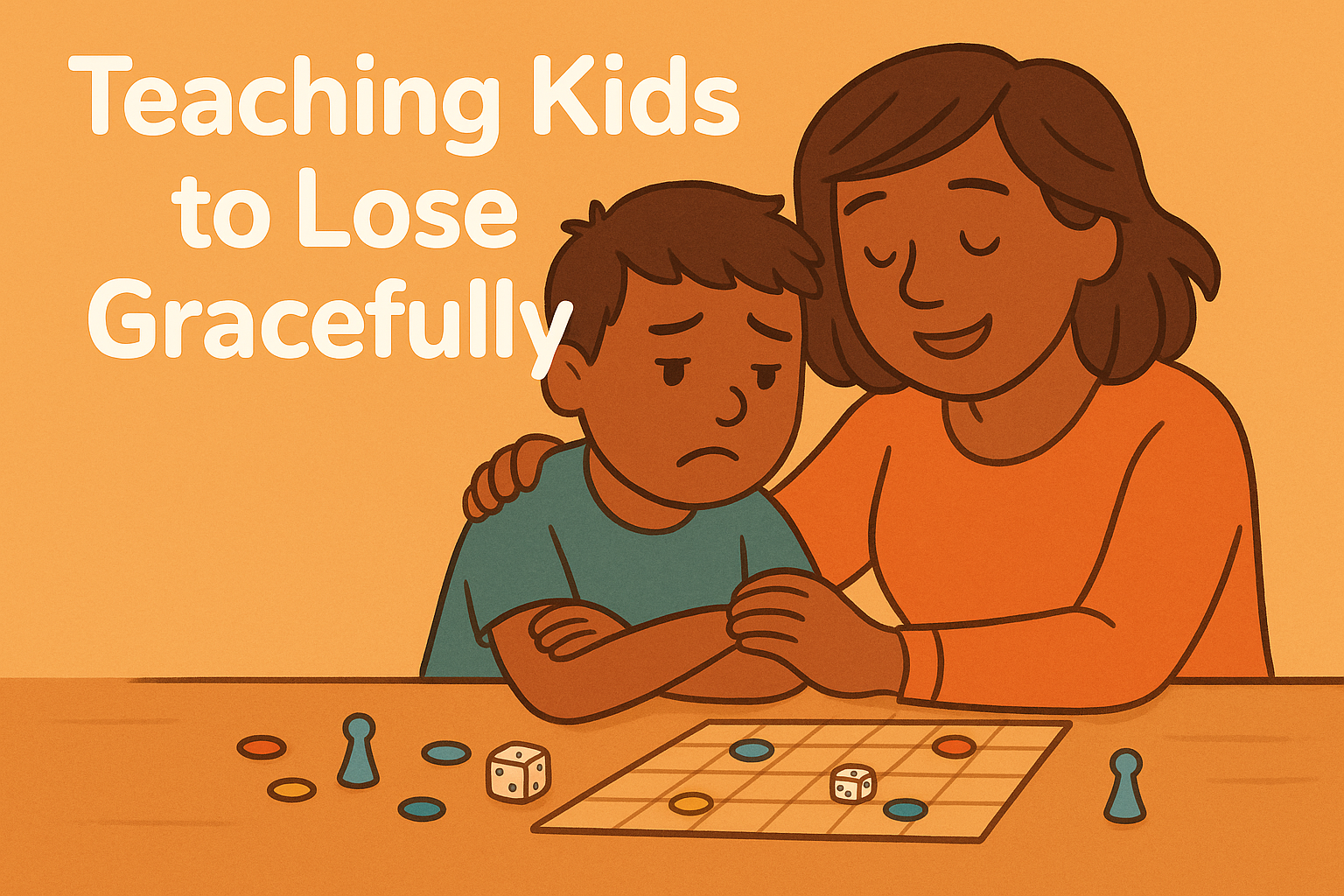
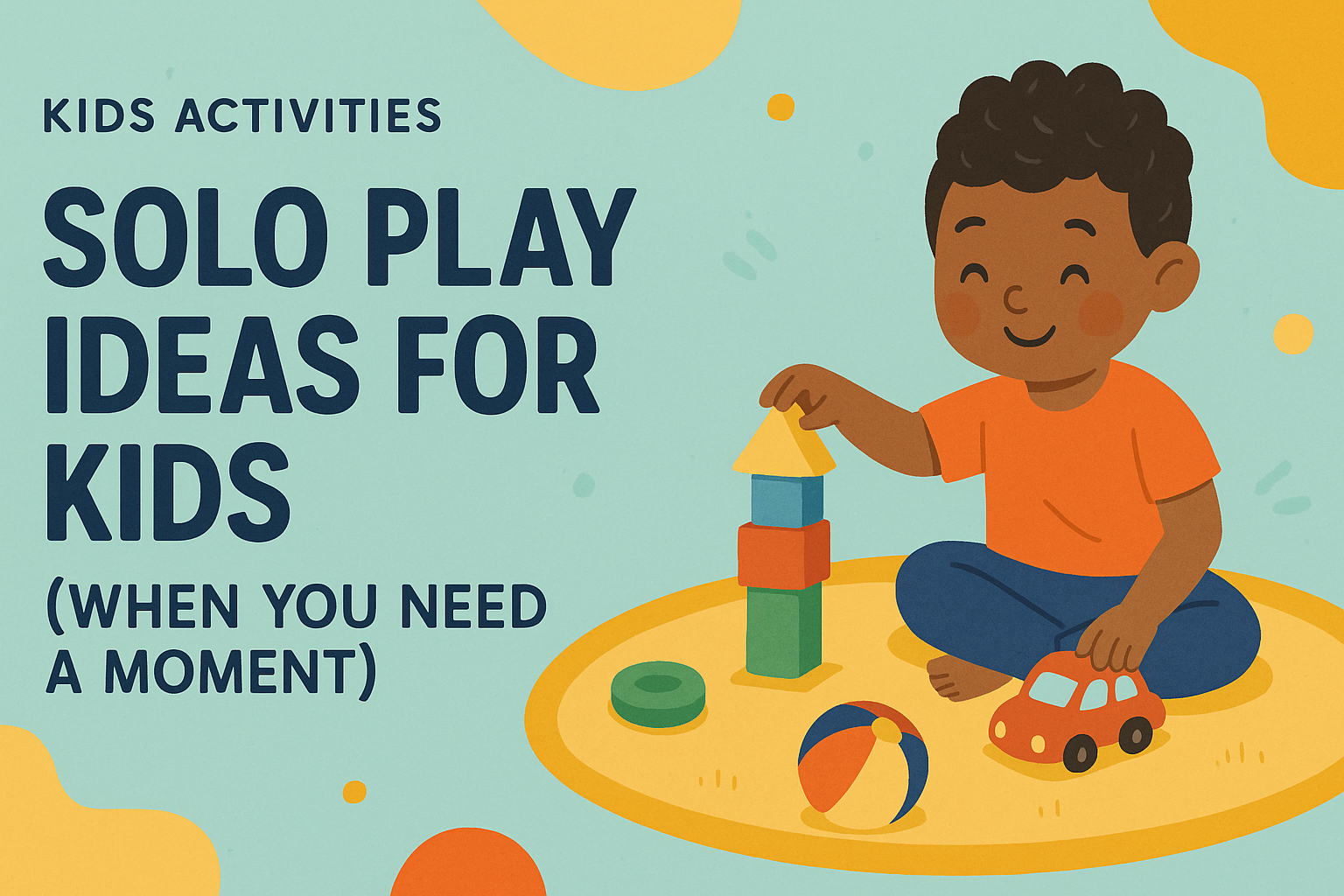




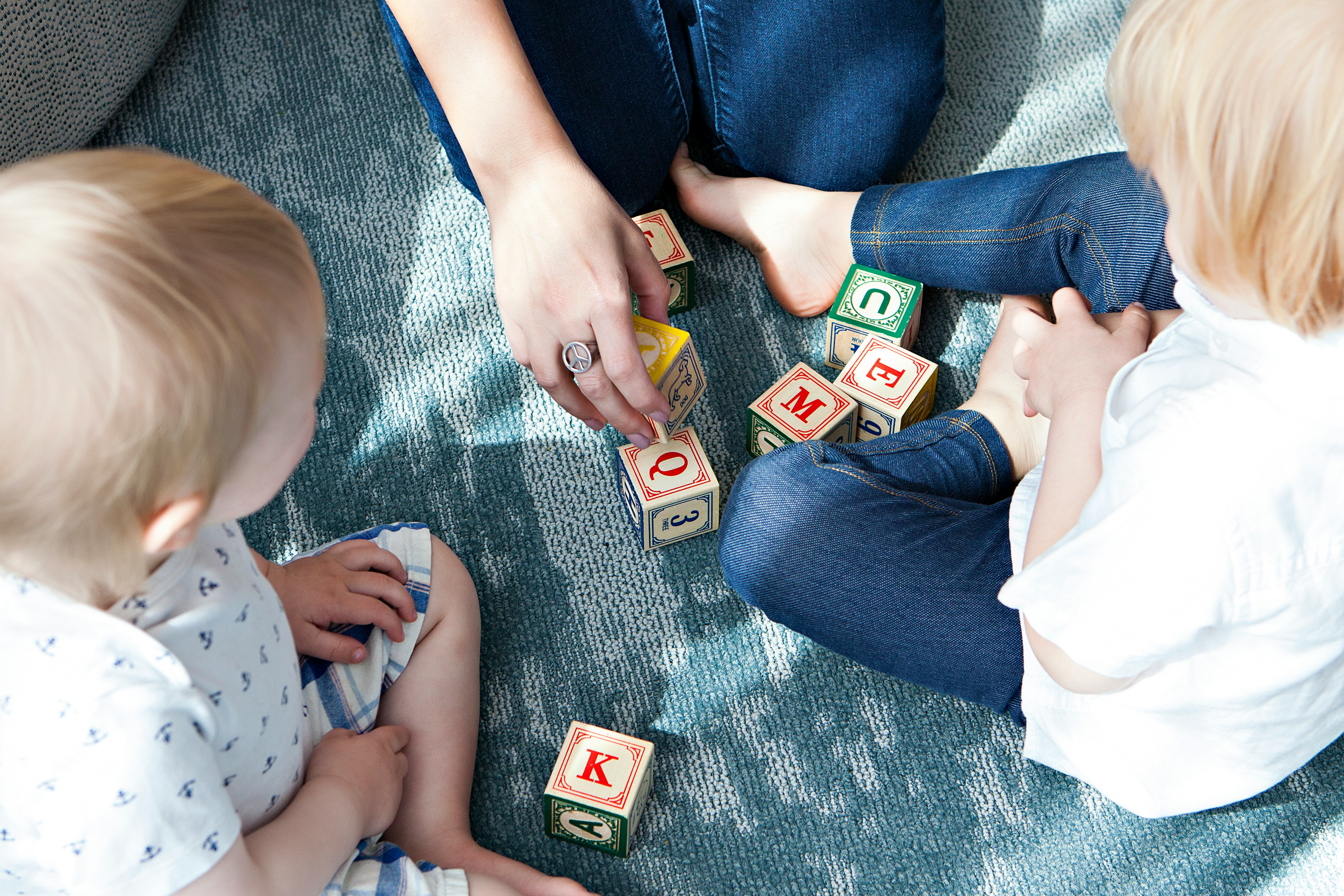
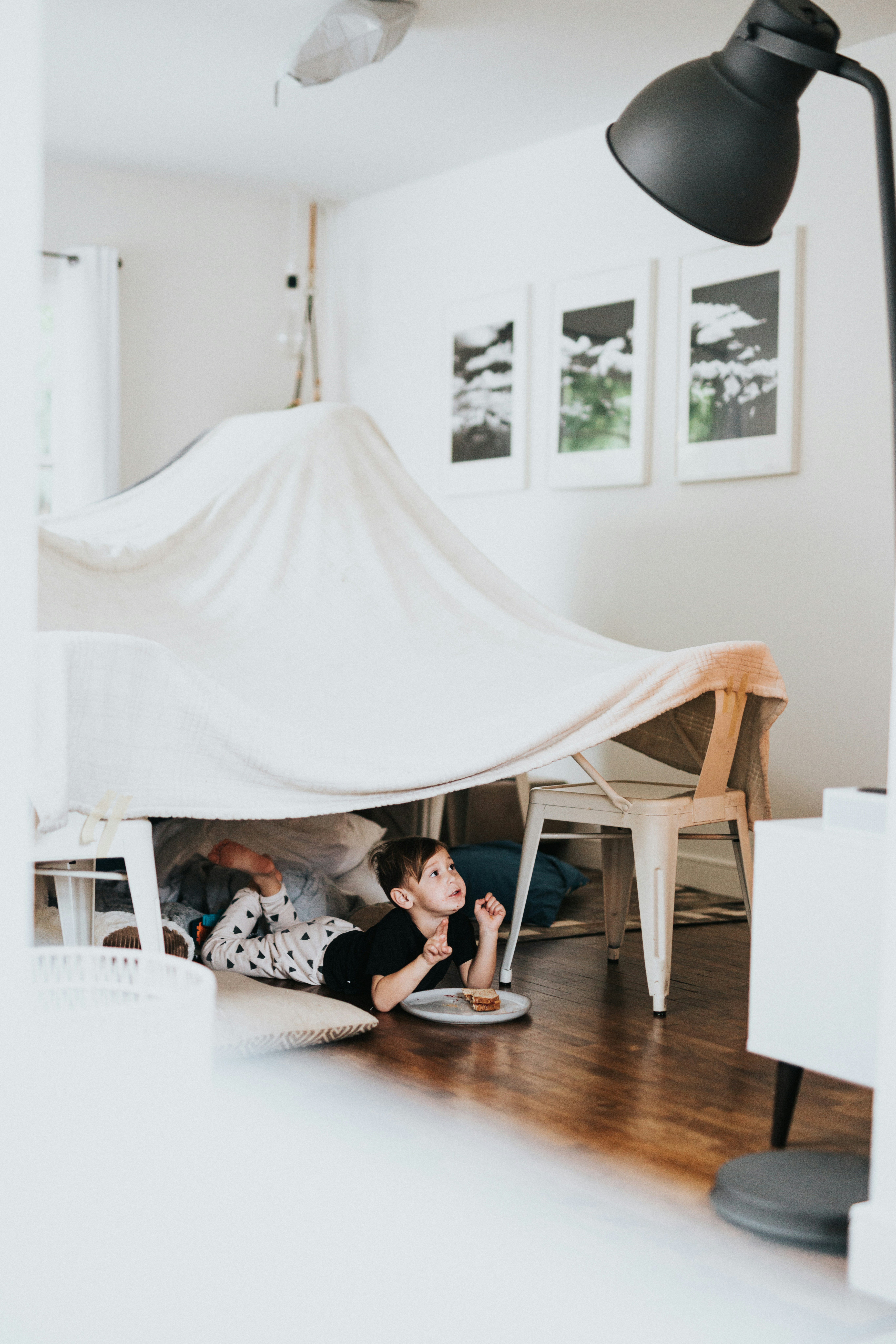
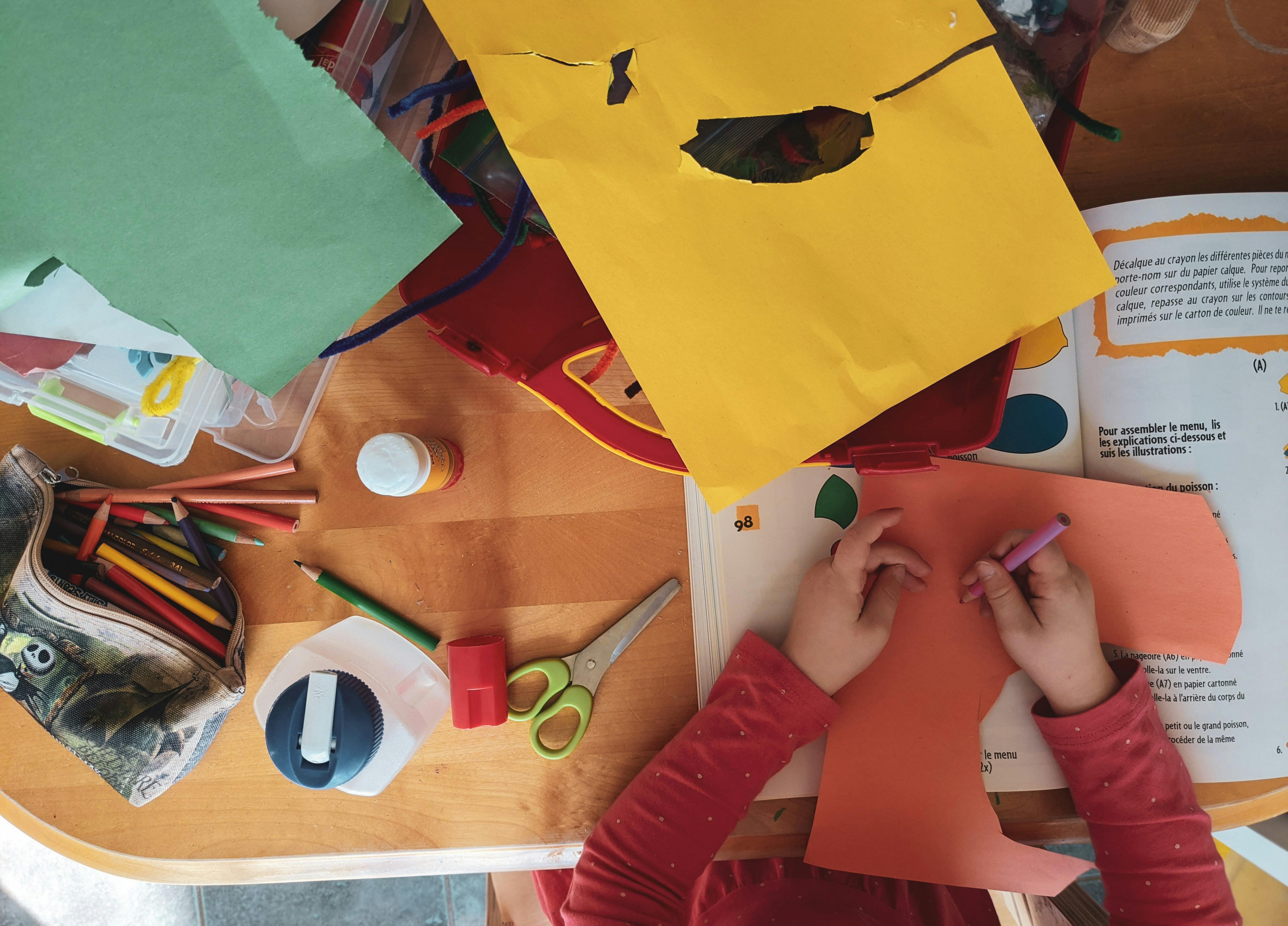



![Screen-free kids activities to celebrate World Environment Day [5th June]](https://offline.kids/wp-content/uploads/2025/05/World-Environment-Day-Kids-Activities.png)
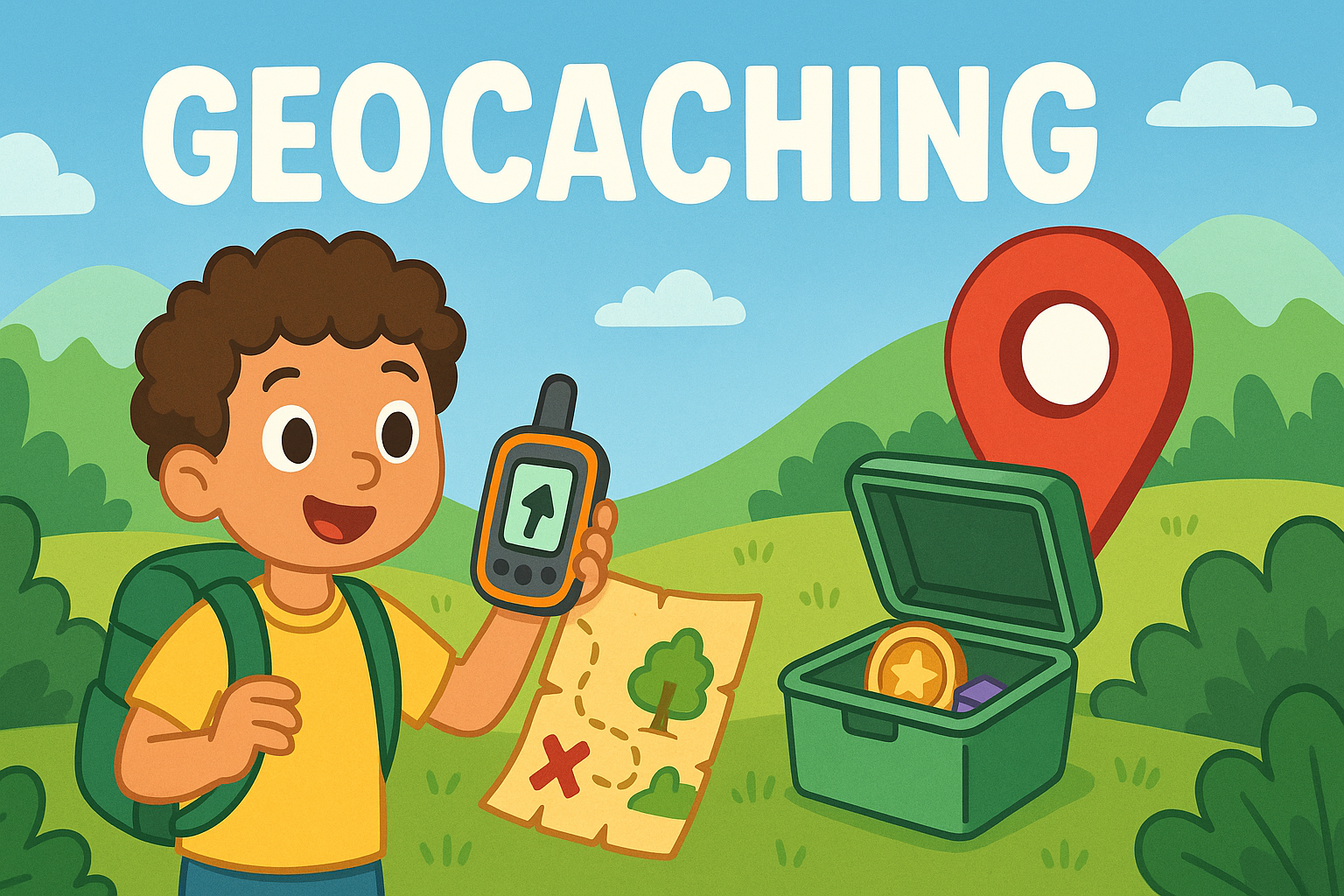

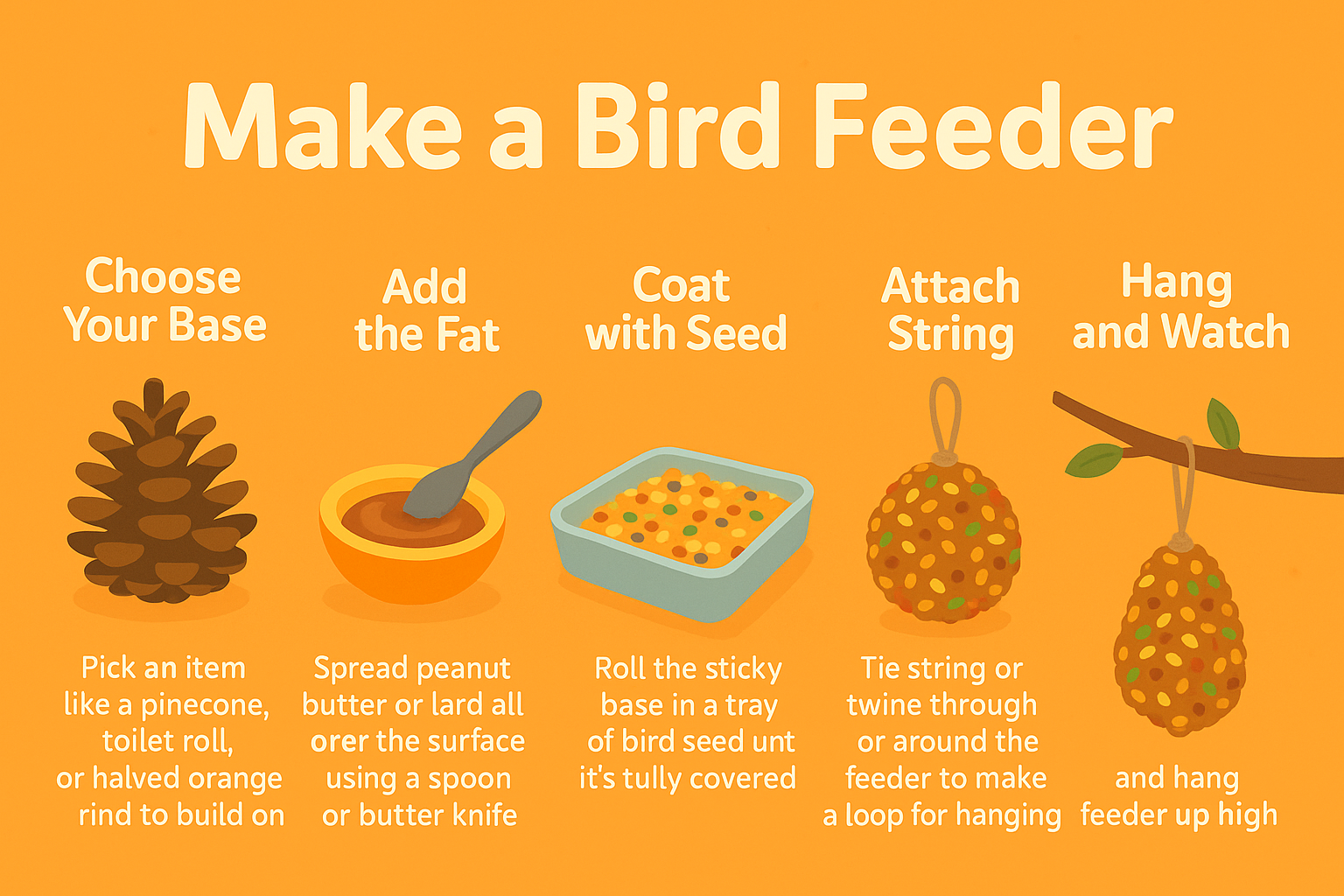
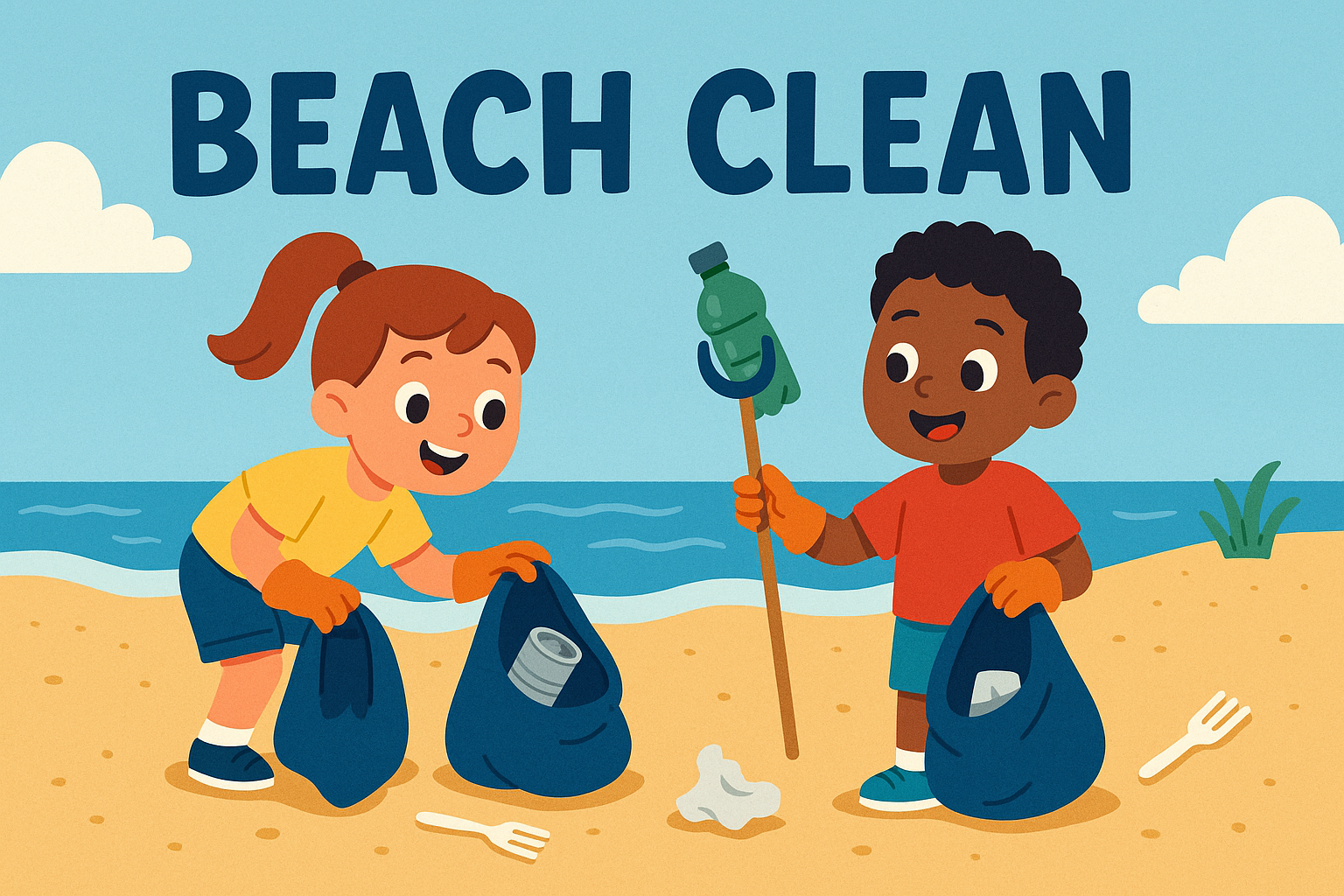

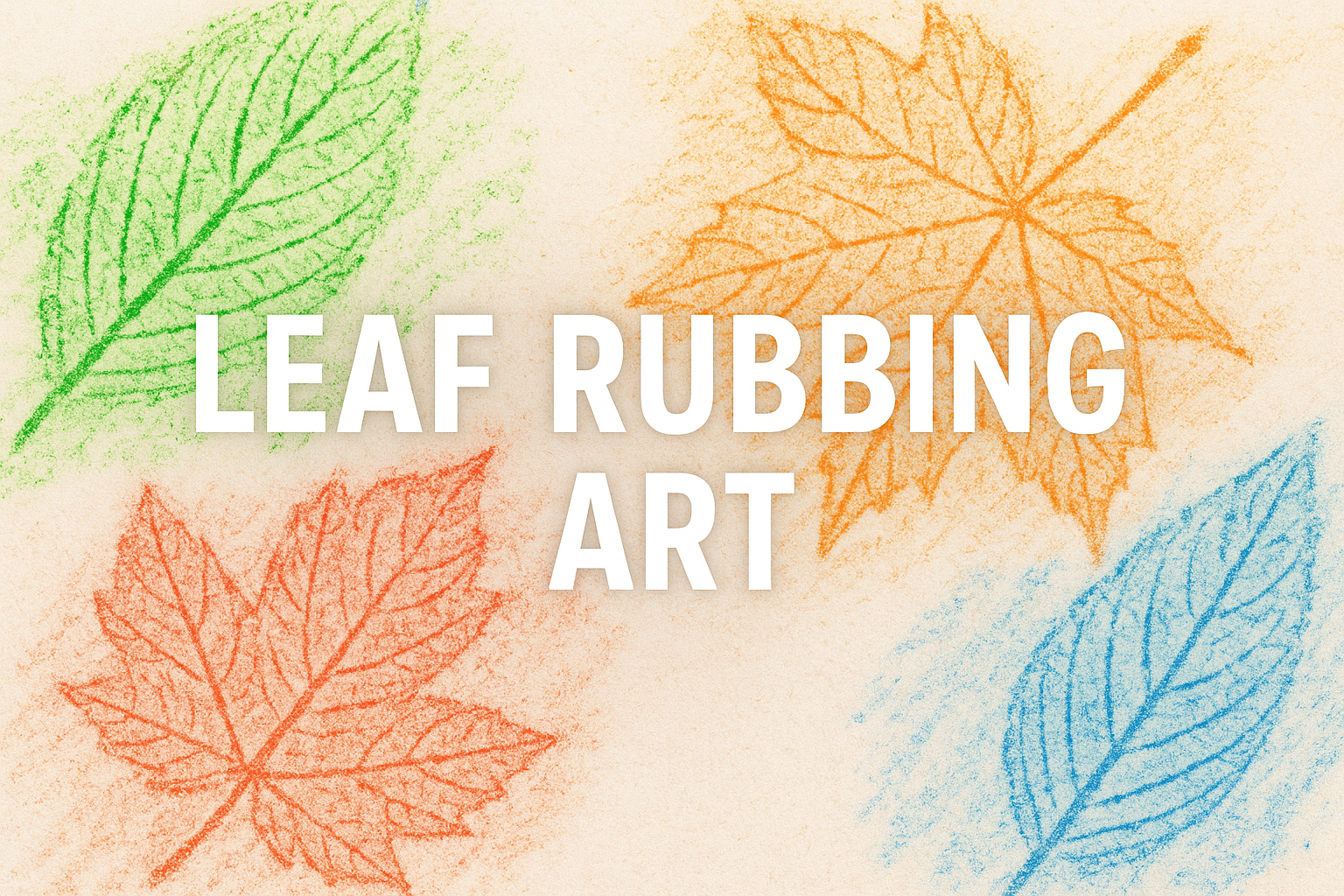
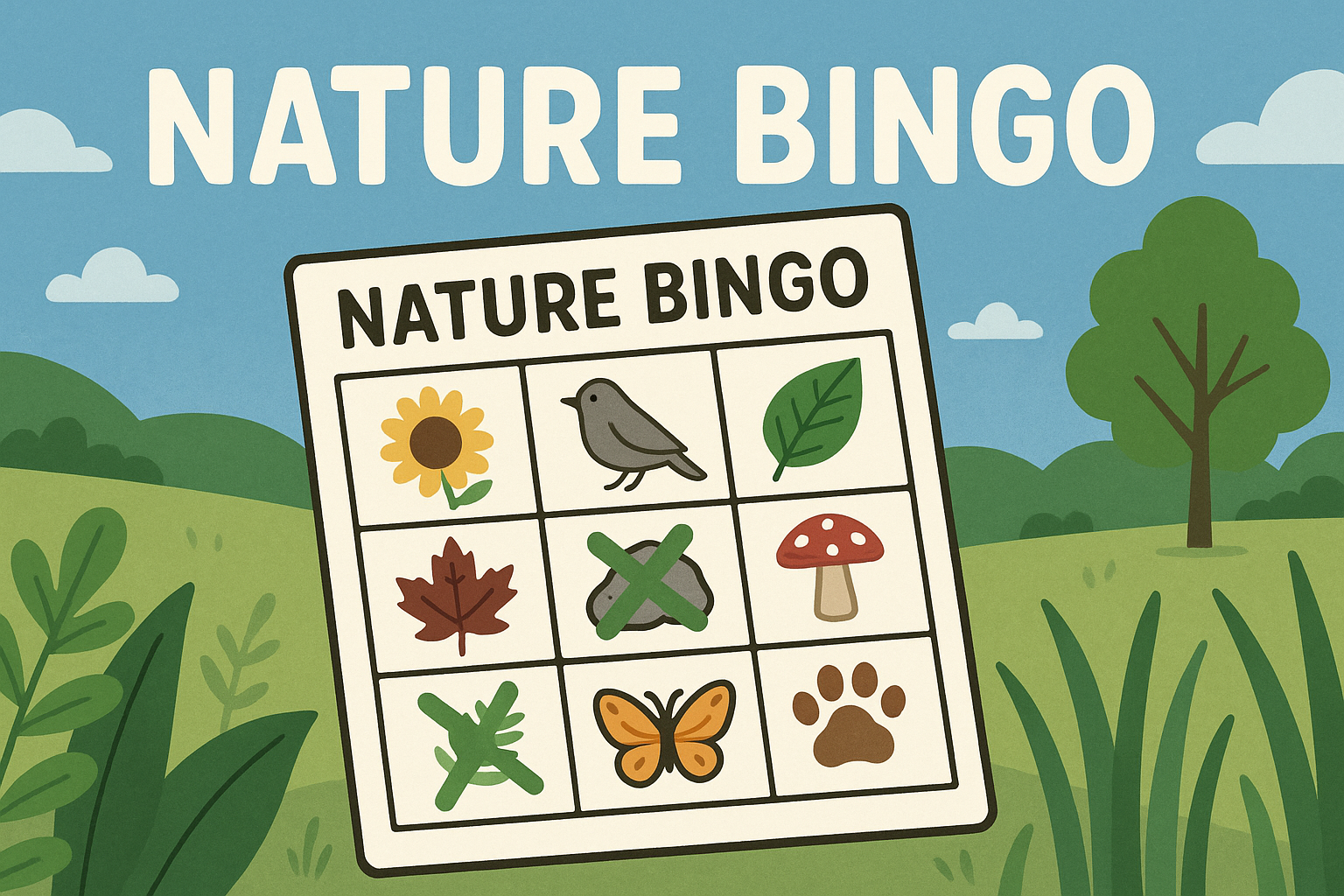

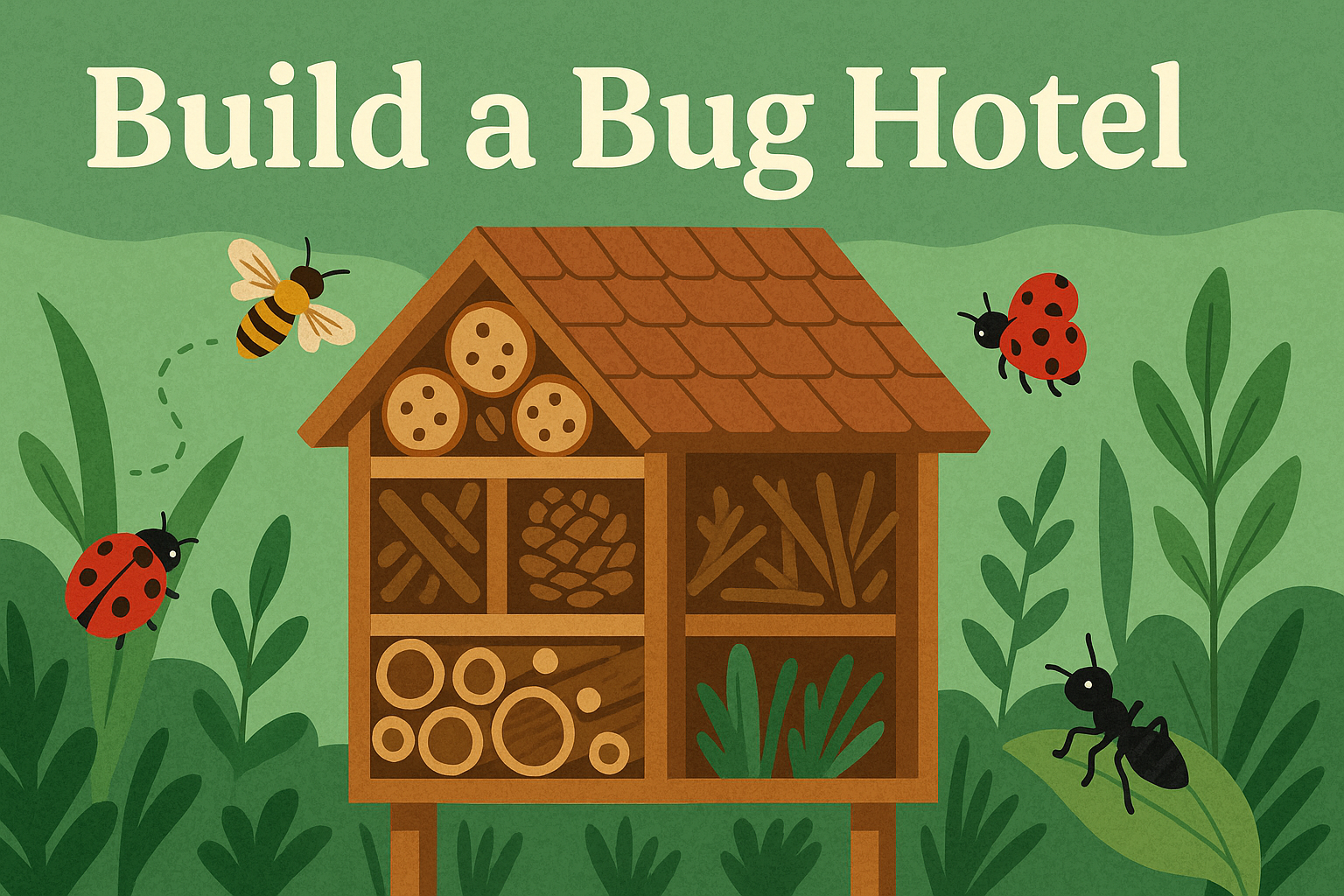
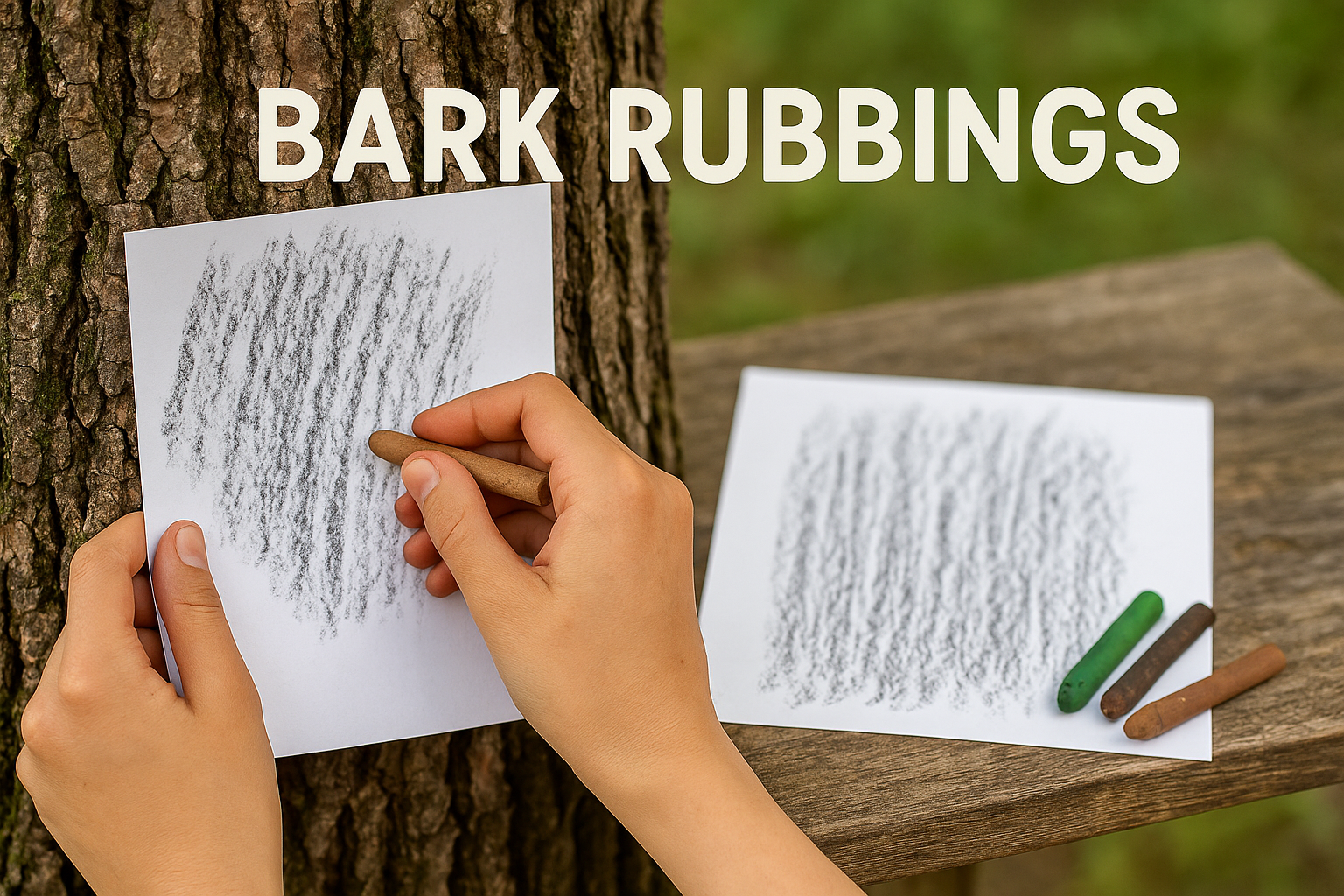


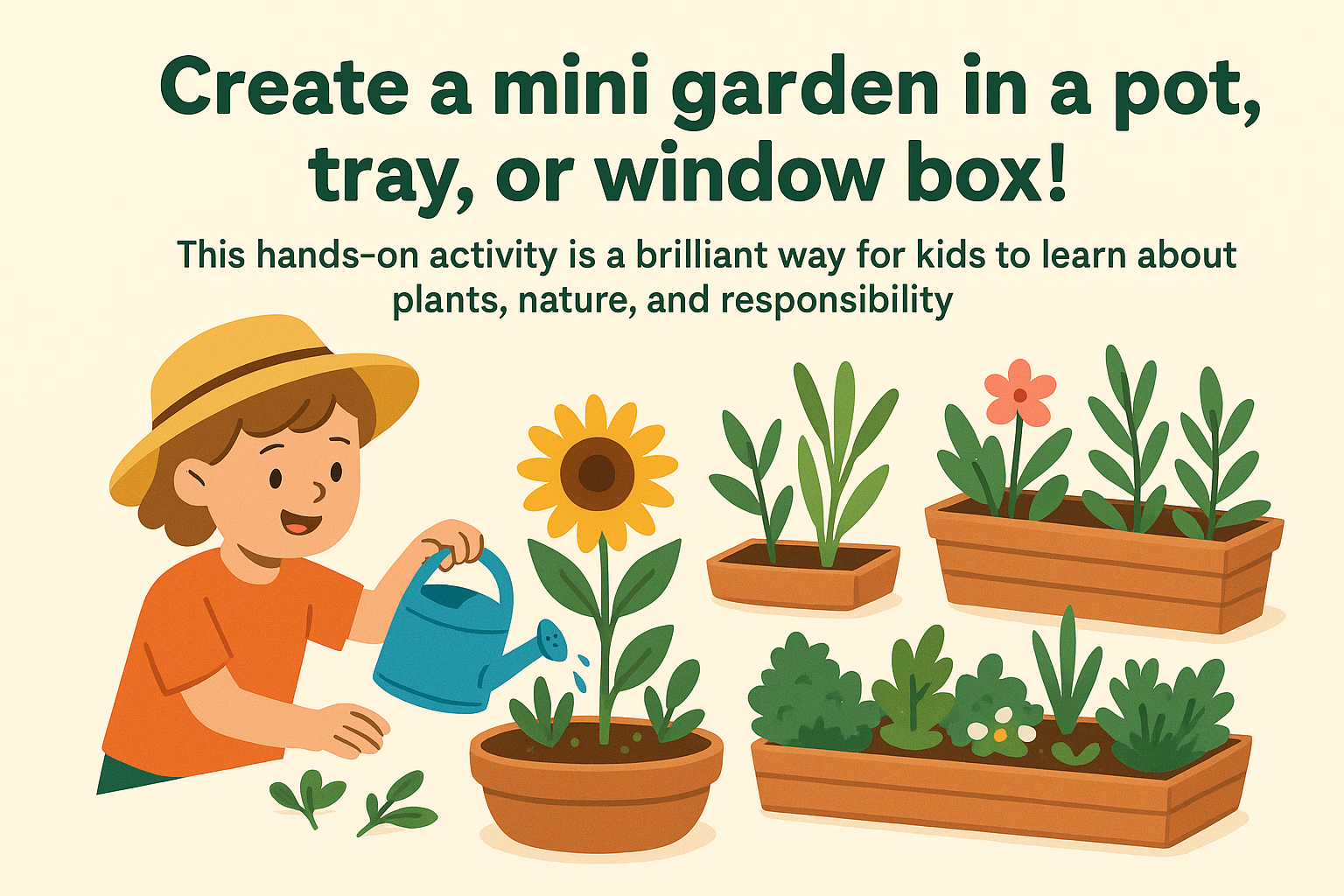



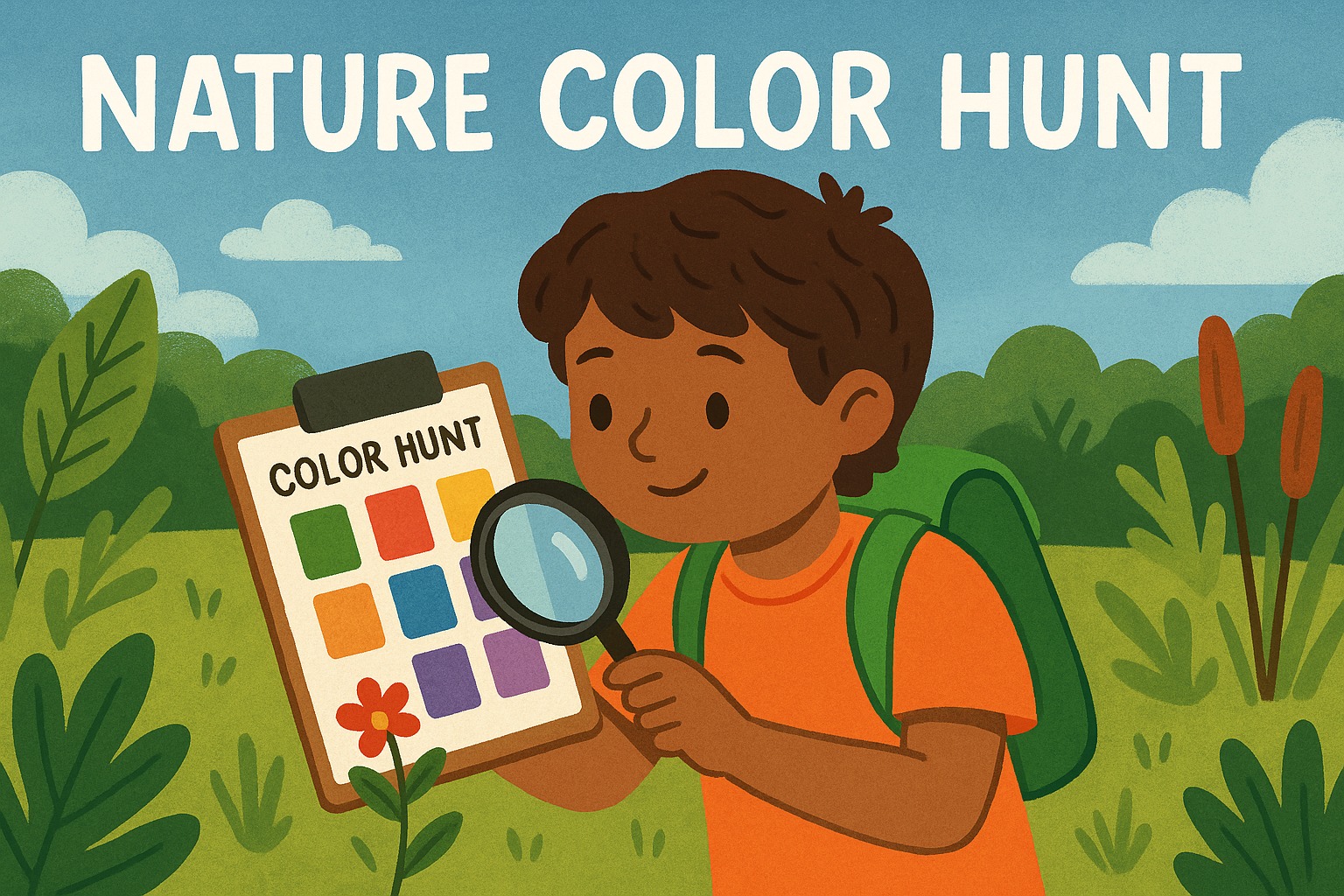
![13 Kids activities for May Bank Holiday weekend [2025]](https://offline.kids/wp-content/uploads/2025/04/Rainy-and-Sunny-Play.png)
